Despite years of investigations and countless safety recommendations, the same types of marine accidents continue to occur. Why? According to Andrew Moll, chief inspector at the UK’s Marine Accident Investigation Branch (MAIB), the answer lies in human behaviour, missed opportunities, and a lack of real cultural shift in the way boating safety is viewed. In this exclusive interview, Moll unpacks the challenges — and the changes the industry must embrace.
“No matter how hard we try to promote safety there will always be some that think ‘it’ will never happen to them,” says Andrew Moll, chief inspector of marine accidents for MAIB – the UK’s Marine Accident Investigation Branch.
He’s been with the organisation since 2005. “You would have thought I had seen it all by now,” he says. “However, the marine industry is so diverse there is always something new to learn and even after 20 years every day feels like a school day.”
Horrific accidents get the message across
It must be frustrating to see accidents repeat themselves time and again. Moll (pictured below) reflects whether accidents repeat because the lessons are not being learned, or because MAIB’s not being effective enough in promoting safety messages.
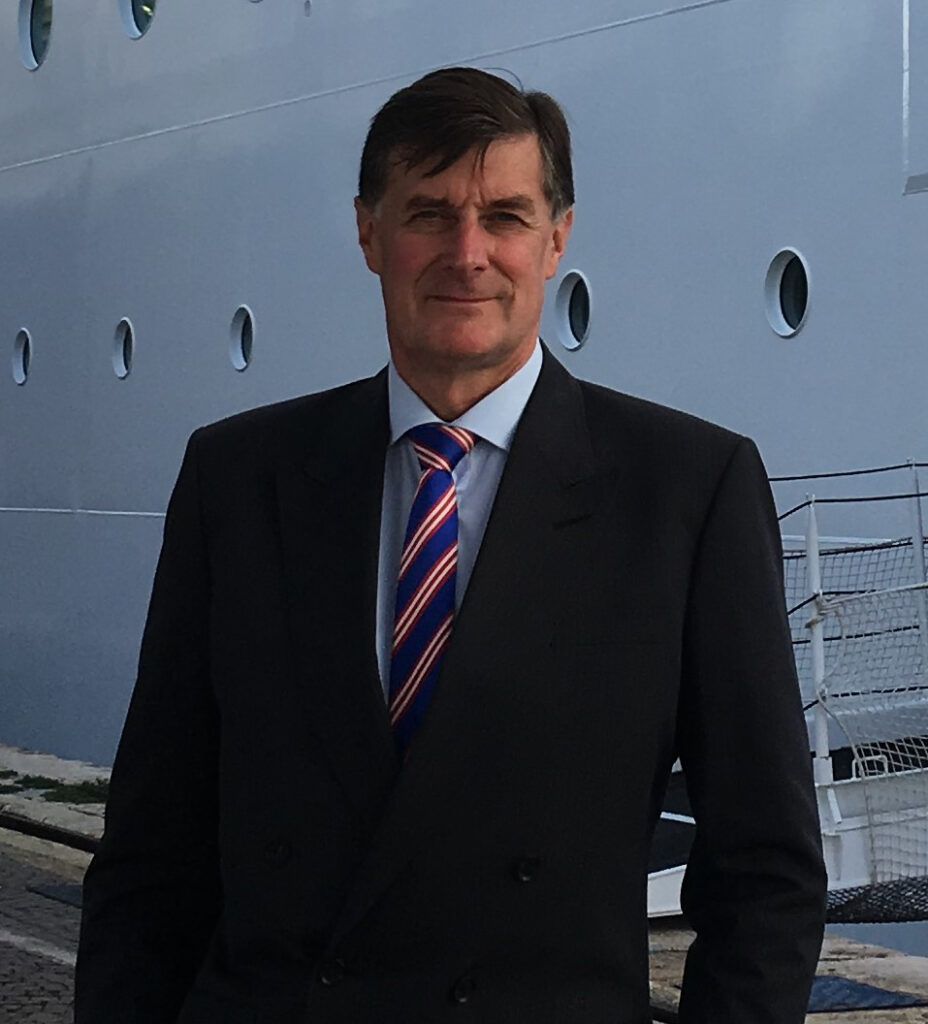
“MAIB is not into generating click-bait, but we do need make our safety messages accessible for those that are unlikely to read a full investigation report,” he says.
“Sad to say, it sometimes takes a really bad accident for it to resonate sufficiently to change behaviours. The rigid inflatable boat accident in May 2013 on the Camel Estuary when a family of six were ejected from their boat was a really horrible accident that resonated across the UK.
“The RIB kept circling over the family, causing death and injury until it could be brought under control. Following that accident the need for RIB drivers to wear a kill cord, so the engine would stop if they left the helm, really got through and the incidence of out of control RIBs and speed boats dropped right down.
“Even though that accident occurred 12 years ago, I know that some powerboat instructors still refer to it in their teaching, so the lessons are not lost.”
But, having horrific outcomes from each accident is definitely not wanted by anyone – even if it is a proven way to get the message across.
Different perceptions of safety between sail and power boaters
Moll thinks that a person’s route into boating may affect their perception of safety.
“As sailing boats tend to be more affected by the wind and tidal streams, sailors need to learn about the elements if they want to make progress,” he says. “The risks of being set onto a lee shore or on to rocks or shallows can also be greater if your speed is limited.
“On a calm day, roaring around in a powerboat can seem very easy, so complacency can be a risk.”
One of the risks which power-boaters face is shock mitigation.
“Just this last summer MAIB has been notified of eight spinal injuries to passengers travelling in small high-speed boats, including one crushed disc and four fractured vertebrae. The risks are very real, but they can be mitigated by awareness.”
No requirements for boat drivers to be trained
Moll says most of the victims of leisure craft accidents MAIB deals with are shocked that there are no requirements for boat drivers to be trained, or to have insurance.
“I will always advocate training because you can get so much more pleasure out of boating and are less likely to have accidents if you know what you are doing,” he says.
“We work with the sport national governing bodies (NGBs), such as the RYA, quite a lot and they are always willing to reflect the lessons learned from accidents in their training to help improve future safety. However, I also recognise some of the challenges they face.
“It can be hard to attract people to take up a ‘fun’ sport if the training is full of dire warnings about the perils involved.
“The NGBs can also face the challenge of having to cram a lot of training into reasonably short accessible courses. Provided students understand the limits of the training they have received and are signposted towards future learning that can take them to the next level they will, I hope, better understand their capabilities.”
The body’s capability for survival is something that Moll wishes more people were aware of.
Boat owners need to understand cold water shock
“I wish more people understood the dangers of being suddenly immersed in cold water (below 15oC) — the waters around the UK are ‘cold’ almost all year round,” he says. “I am afraid I could bore for Britain on ‘cold shock’, which is the sudden gasp reflex we experience on being suddenly immersed in cold water, and ‘cold incapacitation’, which reduces our ability to swim, tie knots, let off flares, or conduct other tasks that could help us survive and be rescued.
“Even on a hot day, the water can be very cold and wearing a lifejacket really will help you survive whether you are expecting to enter the water or not.’

Moll is ex-Royal Navy and classes himself as fortunate that most of his military career was spent at sea, in small ships and large.
“The people were great, which was important as some of our deployments could be nine months long. The navy taught me to evaluate risks, to plan, and to always have a Plan B, so I suppose it set me up well to be an accident investigator where my job has been looking into why other people’s plans have not worked out as intended.”

The digital age affects safety at sea
Recently Moll spoke out about the role of human watchkeepers at sea. “Humans do not make good monitors and if under-stimulated they will find other things to occupy themselves,” he said, and this means, there’s “a need to radically rethink the role of human watchkeepers in the digital age.”
But he’s not pinning all his hopes on technology to solve maritime challenges.
While technology is a great enabler, it can also tempt boat owners into short cuts and – sometimes – laziness. “A simple example is the car driver who ends up somewhere completely unexpected after blindly following their SatNav, simply because they did not check that the destination made sense before they set off.
“To use technology effectively we must ensure it attracts our attention when we need it too. You cannot expect your navigation system to alert to you an imminent grounding if you have not input a minimum depth setting and a look ahead zone.
“On most boats, the electronic navigation system will tell you exactly where you are, including if you are hard aground on a reef. The trick is to make sure it helps keeps you safe as well.”
Timely reporting on accidents
And when it doesn’t keep people safe, Moll says his biggest challenge is getting accident reports out the door fast enough.
“We will never keep up with the media, who move on so quickly to the next story,” he says. MAIB’s currently investigating the Bayesian. “However, when we know the investigation report that tells the whole story is going to take time we will not hesitate to issue safety bulletins when we identify urgent messages people need to hear.”
Maritime safety isn’t just a box-ticking exercise — it’s a matter of life and death. From cold water shock to untrained boat operators, the risks are real and persistent. As Moll stresses, safety messaging must evolve, and training must not only inform but resonate. The sea may be unpredictable, but preparation for it shouldn’t be. As MAIB continues its mission, lasting change can only come if the entire industry — and its recreational participants — take safety seriously, every time they set sail.
The post Why do the same marine accidents keep happening? MAIB’s chief investigator speaks out appeared first on Marine Industry News.
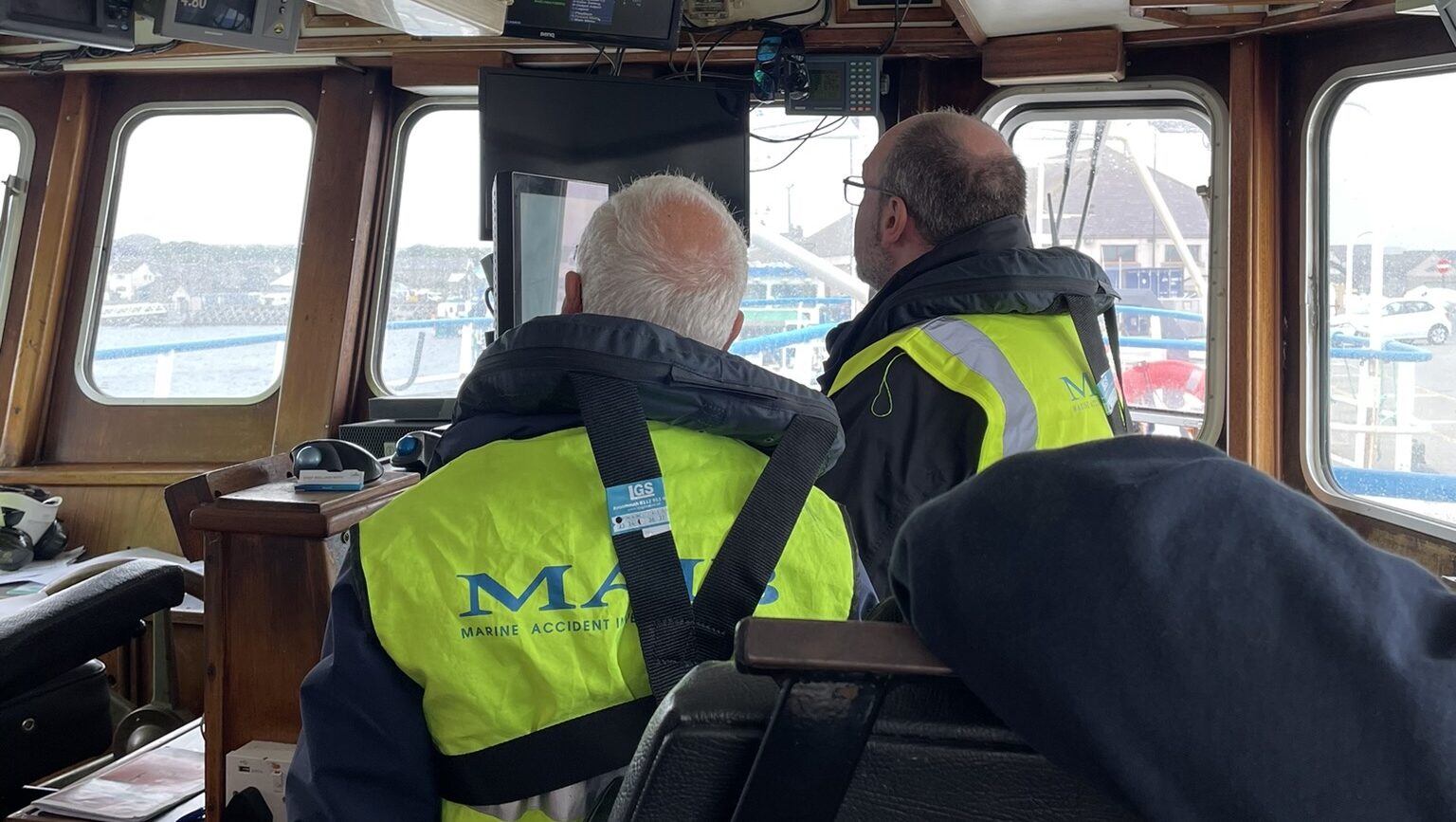
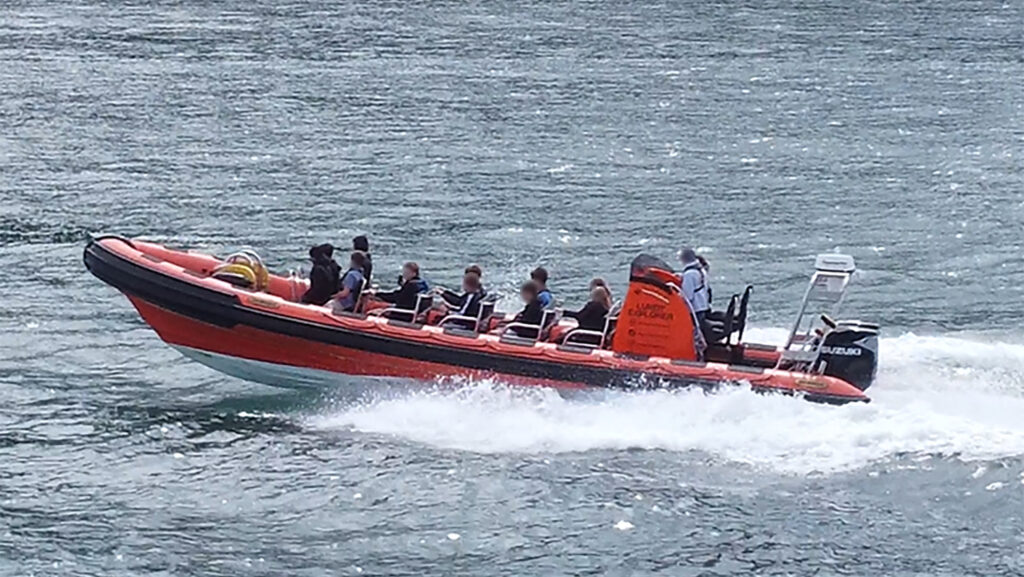
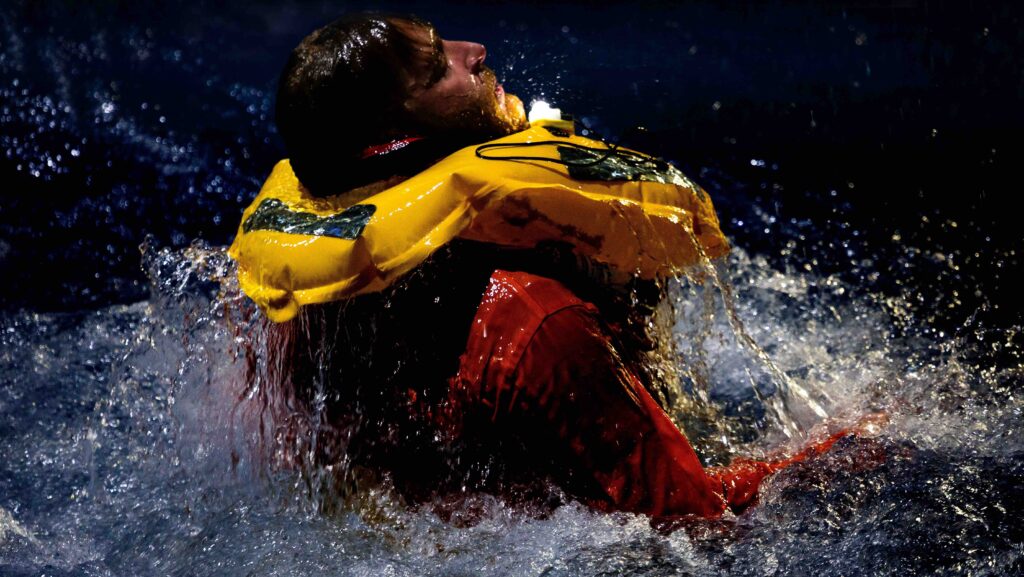
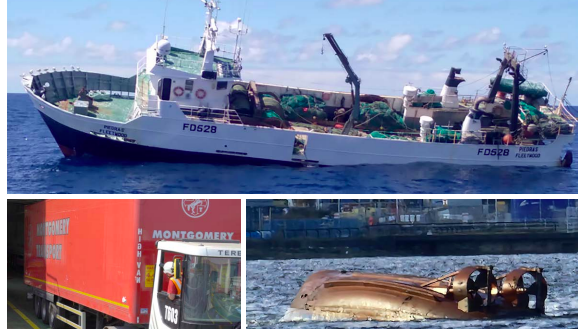
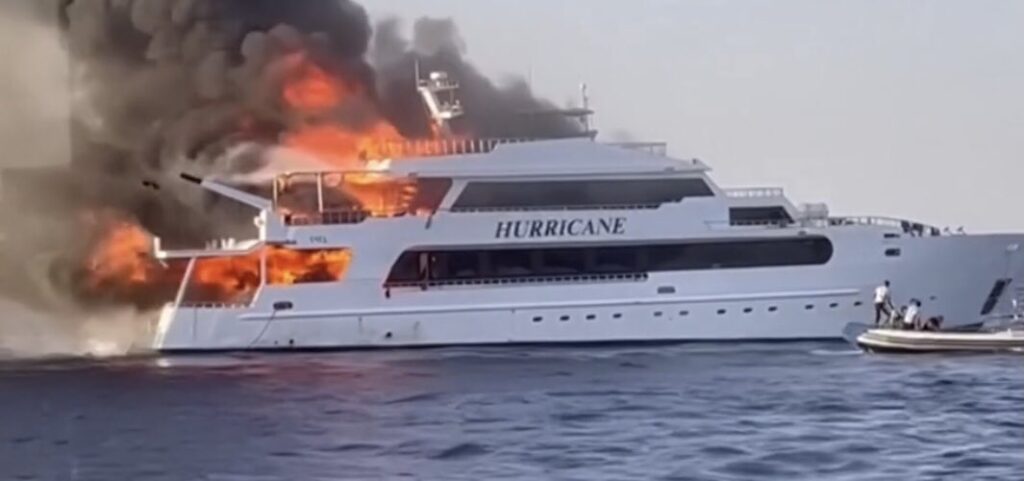
Leave a Reply